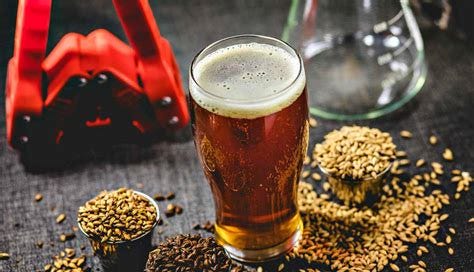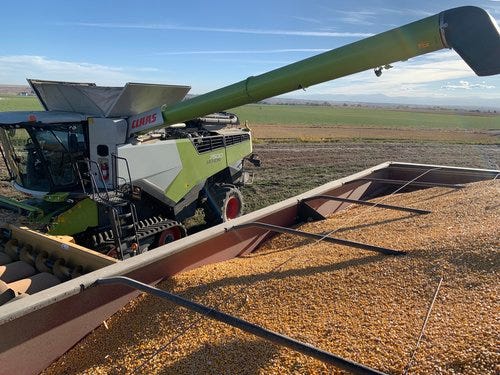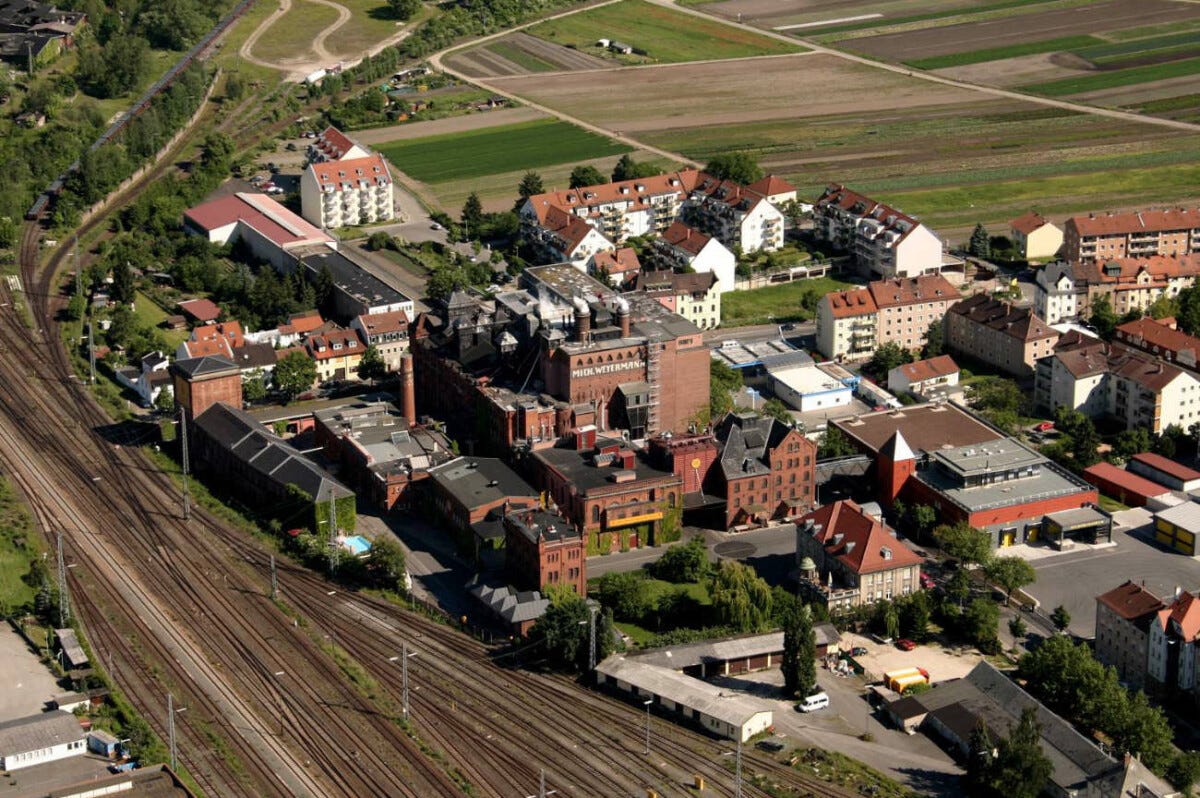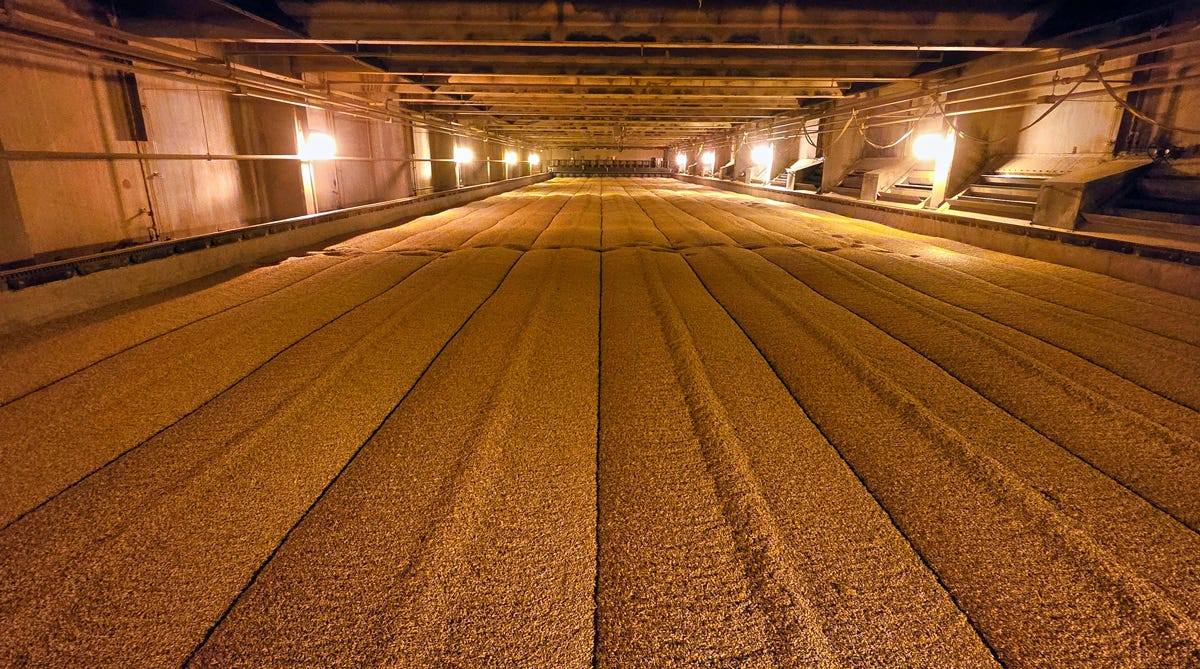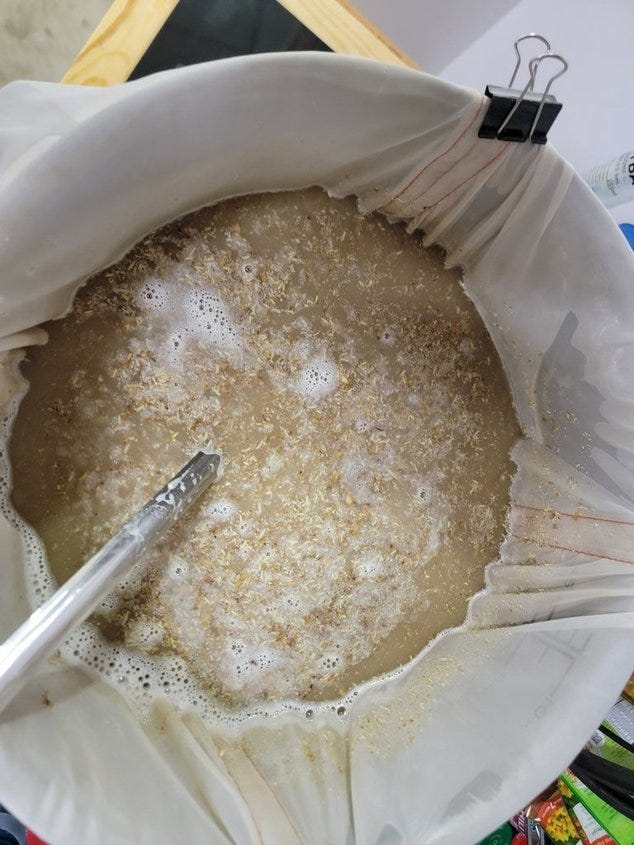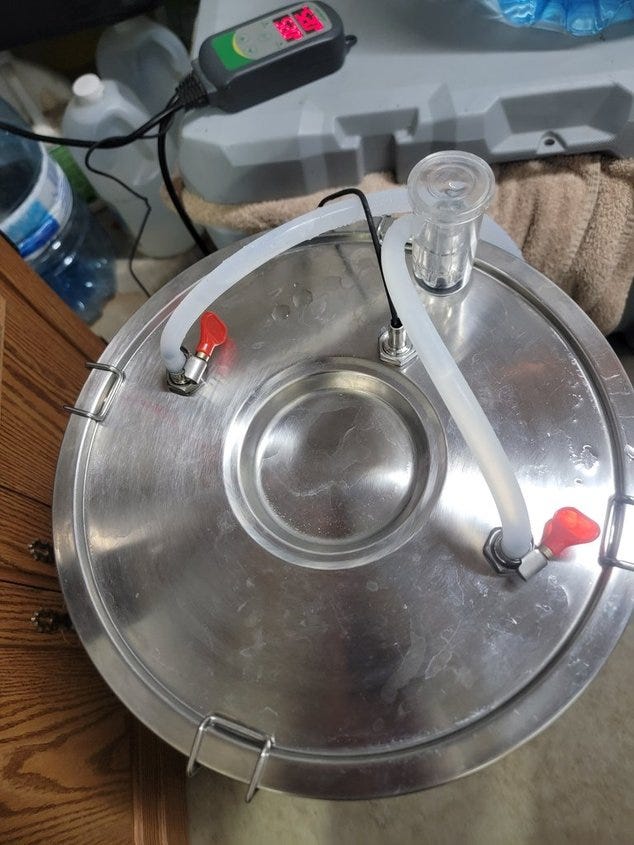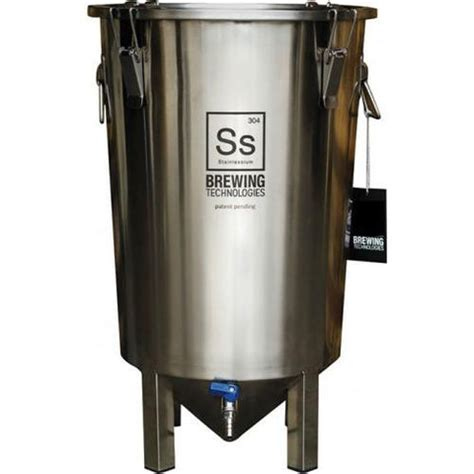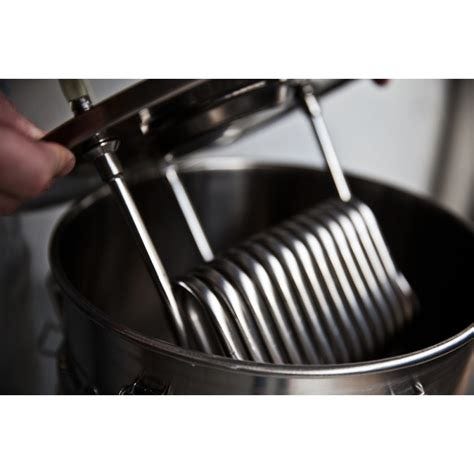My latest brew day
Well its brew day again 08/25/2024 I decided to do another take on a Munich Helles.
Took right at 5 hours. Not solid baby setting just start to when I was done cleaning up. Most the time is spent doing other things, odds and end that get neglected so brew day serves two purposes.
“Helles” means “pale in color,” Helles are a pale golden color. A Helles lager is a bit rounder or fuller-bodied than light lager and even pilsners. Helles lager beers offer a touch of sweetness that balance a measurable addition of spicy German hop flavor and light bitterness. The malt character is soft and bready, making it a terrific complement to light dishes such as salad or fresh shellfish, like clams. Clean and crisp, this is a refreshing beer with substance. Low levels of yeast-produced sulfur aromas and flavors may be common.
Helles is similar to a lager, it is sweeter and not as hop forward. Helles is Germany’s answer to Czech pilsner. The Czechs started brewing pilsners in 1839 as they became more popular. The brewers in Munich Germany not to be out done decided to answer the Czechs with their own version - Helles in 1894.
Helles is one of my favorites. #1 its hard to get it exactly right as its a balance of perfection between the malt favors and the noble hops which have a mild pleasant aroma and flavor yet with spicy, herbal and floral characteristics.
Its a tough beer to make as their is nowhere to hide any flaws, as it uses light pilsner malt and usually some Vienna or Munich malt. Munich adds a deep, malty, grainy flavor that may also be described as slightly toasty vs Vienna offers a grainy, malty flavor, but is much less pronounced than that of Munich malt. Unlike ales the yeast is a bottom fermenting yeast and normal fermentation temps are 50-55f degrees. To keep the fermentation vessel at those temps require a dedicated refrigerator or a fermentation system that has a cooling coil and a glycol chiller or some other home brew idea to hold those temps. Many of these yeast are temperature sensitive. Kviek yeasts are the exception. 70-95 degrees and you’re good.
Good pilsner, lagers and Helles are the toughest beers I have brewed. Simple ingredients, you are depending upon the malt, yeast, hops and your skills all have to work in unison. One thing being off and you will notice it. Ales are a different beast with the yeast, and different malts flavor profiles and hops can overcome flaws. Lagers, pilsners and helles are a delicate balance. A good one is always refreshing, but a great one that hits on all the notes is a real joy.
Lets get on with the process
The water bill
7 gallons Distilled water: I used distilled water so I have a clean water slate. I live in the country and my water is extremely hard and that imparts odd flavors in beer The water tastes and test fine but the minerals are the issue with brewing.
4 grams Gypsum, 2 grams epsom salt, 2grams himilayan salt - no iodine, 4 grams Calcium Chloride
The Grain Bill
9lb Root Shoot Pilsner Malt
https://www.rootshootmalting.com/
Root Shoot is a Loveland Colorado based farm and malting operation. They are rather unique because from planting to malting they do it all. Most other malting companies purchase their barely from contracted growers and then malt the grain.
Pilsner malt is a base malt that is light, clean, traditional, crisp malt. Straw-forward with bready undertones. Excellent base malt for traditional German lagering. Root Shoot Malts are crafted to highlight the individual characteristics and terroir of their Loveland CO-grown grains. 2L
1lb Weyermann® Barke® Vienna Malt
Made from German two-row historic summer brewing barley Barke®. The long-loved characteristic malt aroma of Barke® is the perfect base for intensly flavourful bright lager beers. This malt brings gold-colored hues to the beer and promotes full-bodiedness. 2.9-3.9 L
Weyerman is a Bramburg Germany based world leader in malted grains.
https://www.weyermann.de/en-us/locations-2/
.25 Briess Victory Malt
Briess is an American Malting company started in 1876. Based in Chilton Wisconsin.
Victory® is Briess' biscuit style malt, lightly roasted to bring out the nutty, toasty, and biscuit flavors and aromas associated with baking bread. It's an excellent malt for adding a layer of dry toasted complexity and a russet brown color to a wide range of beer styles. Use in small amounts to add a touch of warmth to light ales or lagers, or use in larger amounts (up to 25%) in darker beers to bring out more of the toasted biscuit flavors. 28°L which adds color.
.25 Wheat Malt
Wheat malt is used for head retention and adds body tot he beer.
.125 acidulated Malt
Acidulated malt is used to bring down the PH
Step mashing:
15 minute at 130 degrees Protein Rest
A rest in the temperature range between 113–138 °F (44–59 °C) has traditionally been called a protein rest. These days, many brewing scientists do not think that much protein degradation occurs during mashing and this is part of the reason that it is left to the maltster. However, it’s worth reviewing the possible enzyme actions that may occur in this range.
There are two specific types of enzymes that were thought to be active in this range — proteinase and peptidase enzymes, collectively known as the proteolytic enzymes.
Proteinase is an enzyme that works on longer-chained proteins turning them into medium length chains. Peptidase enzymes chop up the moderate to short chains and break them down to their component form. Conveniently, these two enzyme groups have slightly different optimal temperature ranges, so you can hypothetically favor one or the other.
Brewers do not want a lot of longer chain proteins in their wort. A high level of big proteins can lead to haze and instability. However, brewers do want medium length protein chains because they are beneficial for a beer’s body and for foam retention. The optimal range for peptidase is between 113–128 °F (45–53 °C) while the optimal range for proteinase is 131–137 °F (55–58 °C). A 15–30 minute hold in the proteinase range was thought to diminish haze, but not negatively impact foam or body.
One important point to note is that the low temperature rests have been found to be more effective with thick mashes. Therefore you may want to mash-in when utilizing these low temperature rests between 0.8–1.0 qts./lb. (1.7–2.1 L/kg). You can then thin the mash with boiling water when raising the temperature to the saccharification rest(s).
Some beta-glucanase activity also occurs in the protein rest range and some brewers perform a “protein rest” for this reason. Unless you have a very good reason — for example, if you know you have a high-protein malt on your hands — avoiding a rest in the 113–128 °F (45–53 °C) range is probably prudent as you will potentially avoid any problems with head retention. When brewing with undermodified malt, you should rest in the 131–137 °F (55–58 °C) range — at a minimum, it will break down some gums.
Whether or not meaningful amounts of protein degradation are occurring in this range, a rest here does affect the quality of your wort. For example, the time and stirring that goes on in a step mash may promote better extraction efficiencies — especially for homebrewers not used to stirring their mashes or those who typically get marginal extraction rates.
45 minutes at 150 degrees Starch Conversion
The only required rest in any mash program is a rest in the starch conversion, or saccharification, range. When mashing fully-modified malts, a single rest in this range is a very popular option.
Starch conversion is performed by two separate enzymes, which attack starch chains in different manners. The two enzymes are collectively referred to as the diastatic enzymes. The typical starch conversion rest occurs between 142–162 °F (61–71 °C). (Sometimes you will see a smaller subset of this range stated, for example 150–158 °F (66–70 °C). Remember that enzyme action is not an all-or-nothing thing and allow for the fact that any boundary to any temperature range in brewing is somewhat arbitrary.)
Beta-amylase attacks the ends of starch molecules and “snips” off the final two sugar residues, producing maltose. One noteworthy aspect to this is that starch molecules can be very long. If you want beta-amylase as your primary starch converter, then your mash will need a long rest in its optimal range. A 1–2 hour rest in the 140–145 °F (60–63 °C) range is, in fact, one way for brewers produce a highly-fermentable wort for drier beers.
Alpha-amylase is the second enzyme that is used for starch conversion. The optimal temperature range of alpha-amylase is around 155–162 °F (68–72 °C), although it is still active to a lesser degree at lower temperatures. Alpha-amylase attacks starch molecules at random points along their chains. It is bulky enough that it is not able to attack the starch molecules around branching points. A rest in the high end of the alpha range will result in a less fermentable wort, resulting in a sweeter, more full-bodied beer. In particular, a short (20 minute) rest at 158–162 °F (70–72 °C), in a relatively thick mash (around 1.0 qt./lb. or ~2 L/kg) will produce a very thick, full-bodied beer.
This is particularly true for beers brewed with low-enzyme malts, such as British pale ale malts.
Alpha-amylase is usually used in conjunction with beta-amylase to produce moderate to full-bodied beers. The basic idea is that the “random” action of alpha amylase opens up new ends for beta–amylase to work on. Working together in the 150–152 °F (66–67 °C) range, these enzymes will produce a moderately fermentable wort and this is a popular range for single-infusion mashes among homebrewers. Increasing this temperature up to 154 °F (68 °C) will result in a more full-bodied beer, but not so “thick” as to be overly sweet or cloying.
Typical resting time is 60 minutes, but with many malts, conversion occurs much more quickly than this. For a moderate to full-bodied beer, you can begin running off the wort as soon as an iodine test shows a negative result (no color change, indicating that the test is not detecting appreciable amounts of starch.)
Alpha-amylase is less active and less stable in worts with low levels of calcium ions. This instability is increased in thin mashes and mashes in which the pH is above the recommended range.
Mash out 170 degrees for 10 mintues.
For any beer that is supposed to be full-bodied, a mash out — a 5-minute rest at 168–170 °F (76–77 °C) — is recommended. Also, ensure that your grain bed temperature stays at this temperature during sparging by heating your sparge water to the appropriate temperature — which is dependent on the heat loss of your system during lautering. This will ensure that amylase enzyme activity is decreased, due to denaturation of the enzymes. As such, your wort fermentability will not increase appreciably during wort collection due to continued enzymatic action.
Boil 60 minutes
The 60 minute boil extracts the bitterness from the hops and also some flavoring.
1.5 oz Hallertau 3.6 Alpha Acid for bittering
10 minutes before the end of the boil
Dropping the hops at 10 minutes before the boil ens is to extract the flavoring and aroma of the hops without adding much bitterness
add 0.5 Hallertau 3.6 Alpha Acid for aroma and flavor.
1 Whirlfloc tablet
added 10 minutes before flame out. Whirlfloc is used to clear the beer of protiens that make a beer cloudy, bringing them to the bottom of the fermenter.
Yeast nutrient
Again added 10 minutes prior to flame out. This nutrient has all the goodies yeast needs to ferment a beer. I’ve used this and not it does make a difference. This particular brew - I did not use nutrient. No particular reason just something I do or not do to see how it affects flavor and fermentation.
Chill out
I chilled this to 70 degress then transfered the wort to my new fermenter, hooked up my chiller operation to bring the wort down to 52 degrees.
This is how the wort looked when it was cooled and transferred. Amazingly clear this early in the game.
Transferring to the fermenter
Fermenter filled and ready to start dro[ping temperature to 52 degrees so I can pitch the yeast.
Yeast
WLP 838 was a substitute yeast as the supplier was out of Wyeast 2308 Munich Lager
WLP 838 This yeast is characterized by a malty finish, balanced aroma and great flocculation. It is a strong fermenter which produces slight sulfur and low diacetyl during fermentation. This strain benefits from a diacetyl rest and conditioning.
https://www.whitelabs.com/yeast-single?id=226&style_type=2&type=YEAST
Wyeast 2308 Munich Lager
A yeast strain hailing from the land of the famed German Oktoberfest, Munich Lager yeast is often used in the production of the famed festival beers, as well as rich bock beers. Beers made with this strain tend to be rich and full-bodied, balanced on the palate while being smooth and delicious. As with many lager strains, a post-fermentation diacetyl rest is recommended. This yeast is unique and capable of making extremely high-quality, malty lagers.
Both are good yeast for Helles, different companies.
SS Brewtech fermentation bucket.
7 gallon fermentation bucket.
Complete accessory kit. Heater, water pump, cooling coil and neoprene jacket to insulate the bucket and power pack.
cooling coil sets inside the bucket and in the wort so the temperature can be controlled. The yeast I am using is to be 50-55 degrees for fermentation
Well that is it for now. It will take 14 days or so for fermentation - then I keg and go in to the lagering process.
I set my lagering at 32 degrees and let it set for 8 weeks at that temp. Then raise the temp to 38 degrees. This forces more proteins out of the beer making for a clearer final product.
I have been fortunate as I seem to be able to find equipment that is no longer wanted or the person is getting out of home brewing. So their are bargains to be had on Marketplace. The SS Brewtech fermenter was such a find.
Well in 8 weeks or so I’ll have a review of this Helles Lager. Cheers!

